
Dermatology
Latest News

Latest Videos

CME Content
More News

Patients with mild atopic dermatitis who reported nighttime scratching experienced relief when they used an artificial intelligence (AI)-powered wearable sensor that delivered haptic feedback on sleep behaviors.

Patients with hidradenitis suppurativa experience knowledge gaps on effective treatments and addressing these gaps could help prevent tissue damage among these patients.
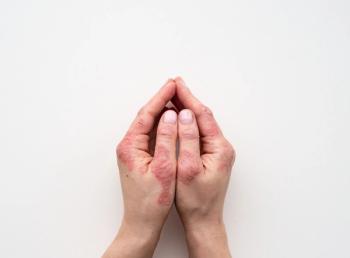
Biosimilar SB17 demonstrated clinical biosimilarity to reference ustekinumab after switching among patients with psoriasis for up to 52 weeks.
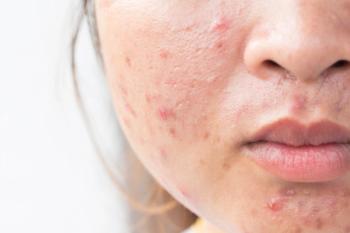
Dermocosmetics alongside traditional acne treatments improved skin tolerance and reduced acne severity in patients, particularly those using retinoids, leading to enhanced quality of life.
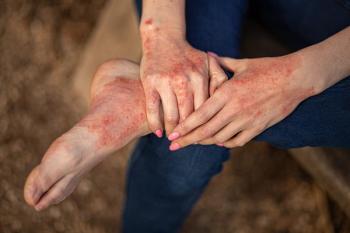
Increased eczema risks in certain populations were associated with moderately high calcium intake, although pregnant women were found to potentially benefit from higher calcium consumption.

Adalimumab and secukinumab are the only FDA-approved biologic drugs to treat hidradenitis suppurativa, limiting options for patients, especially those who experience loss of response.

For diverse patient populations who are historically marginalized within health care, student-run clinics may offer a potentially cost-effective access point to dermatological care.

Vitiligo, a skin condition causing depigmentation, may significantly increase the risk of serious cardiovascular events.
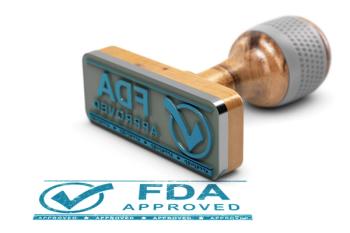
The FDA approved tapinarof cream 1% (VTAMA; Organon) today to treat patients aged 2 and older with atopic dermatitis.

Coverage from the recent Institute for Value-Based Medicine event with NYU Langone Health.

A poster presented at the Skin of Color Update reported that hidradenitis suppurativa (HS) disproportionately affects Black patients, women, smokers, and those with public insurance or disabilities.
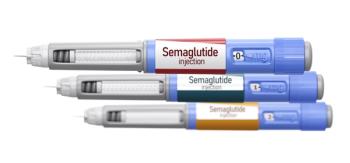
Semaglutide treatment significantly improved quality of life and reduced flare-ups in patients with obesity and hidradenitis suppurativa.

Hilary Baldwin, MD, FAAD, highlighted diagnostic complexities and shared treatment strategies for rosacea in patients with darker skin tones at the Skin of Color Update in New York City last Friday.

Valerie M. Harvey, MD, MPH, FAAD, founder of the Hampton Roads Center for Dermatology, highlighted the long-standing underrepresentation of minority populations in dermatology clinical trials at the Skin of Color Update 2024 in New York City on Friday.

The FDA has approved lebrikizumab (Ebglyss; Eli Lilly) as a new first-line biologic treatment for patients aged 12 and older with moderate to severe atopic dermatitis (AD).

Experts at the Skin of Color Update today in New York City highlighted recent FDA-approved dermatological treatments and emphasized the importance of clinical trial diversity.

Patients With Vitiligo Experience Poorer Quality of Life but Greater Health Care Access, Utilization
Compared with those without vitiligo, patients with vitiligo have higher health care access and utilization but report a lower quality of life.

Kristen Whitney, DO, FAAD, dermatologist within the Allegheny Health Network, discusses advancements in dermoscopy, predicting that emerging technologies and artificial intelligence (AI) will improve dermatologists' efficiency in monitoring and diagnosing skin conditions.

In this discussion, panelists offer their final thoughts.

Patients with vitiligo and psychosocial comorbidities face significantly higher overall health care utilization and costs, although their vitiligo-related expenditures remain similar to those without such comorbidities.

The FDA has approved nemolizumab (Nemluvio; Galderma) to treat patients with prurigo nodularis based on successful phase III trials demonstrating significant reductions in itch and sleep disturbances.

Challenges in choosing between corticosteroids and noncorticosteroids for pediatric dermatologic conditions include balancing efficacy, safety, compliance, and long-term management while considering the specific needs and risks of each child.
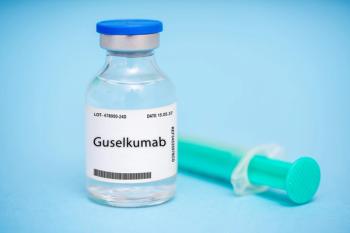
This new study confirms the noninferiority of extended dosing intervals for psoriasis control in super responders.

Posters presented at the Society for Pediatric Dermatology Annual Meeting shed new light on pediatric hair loss, including the rising prevalence of androgenetic alopecia in children, the potential of artificial intelligence to assess hair loss severity, and the long-term safety of ritlecitinib for treating alopecia areata in adolescents.

An expert on hidradenitis suppurativa gives an overview of the current research landscape, highlighting exciting developments in the treatment space.
















































